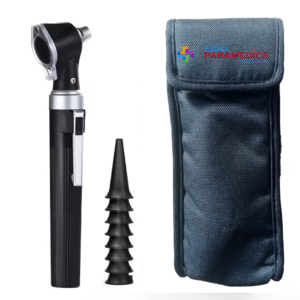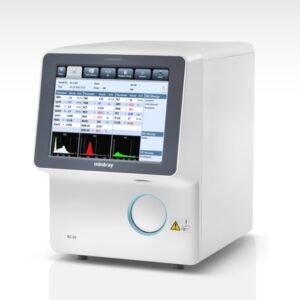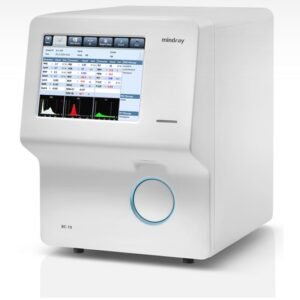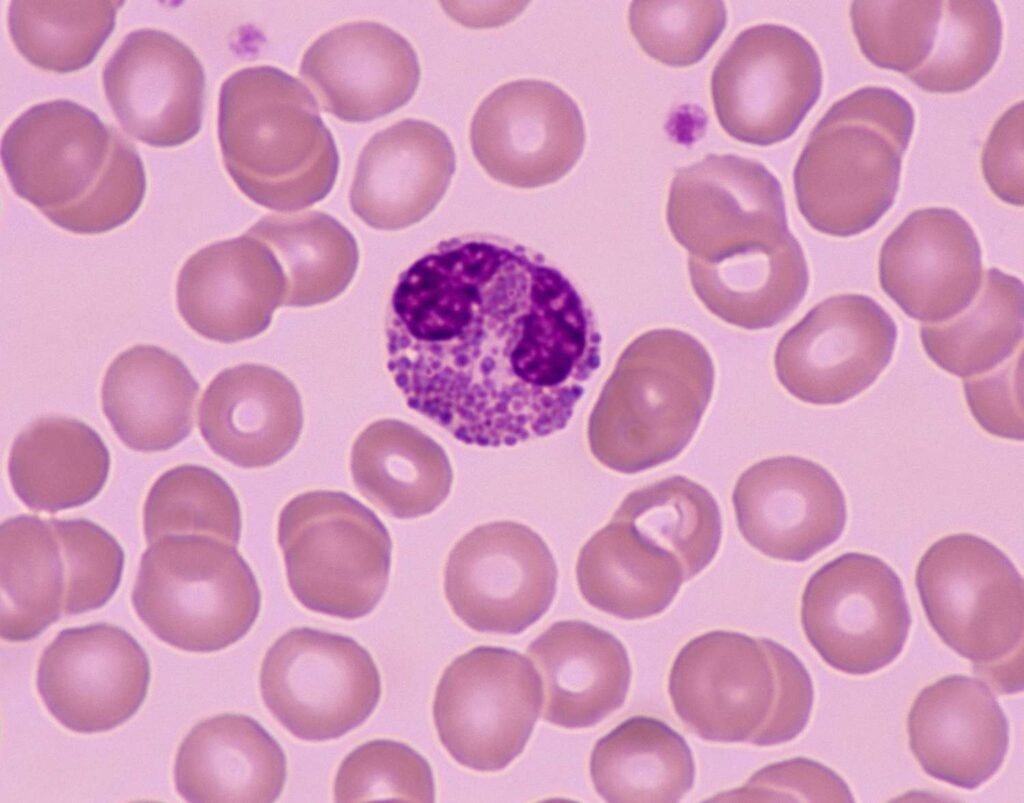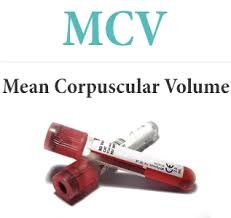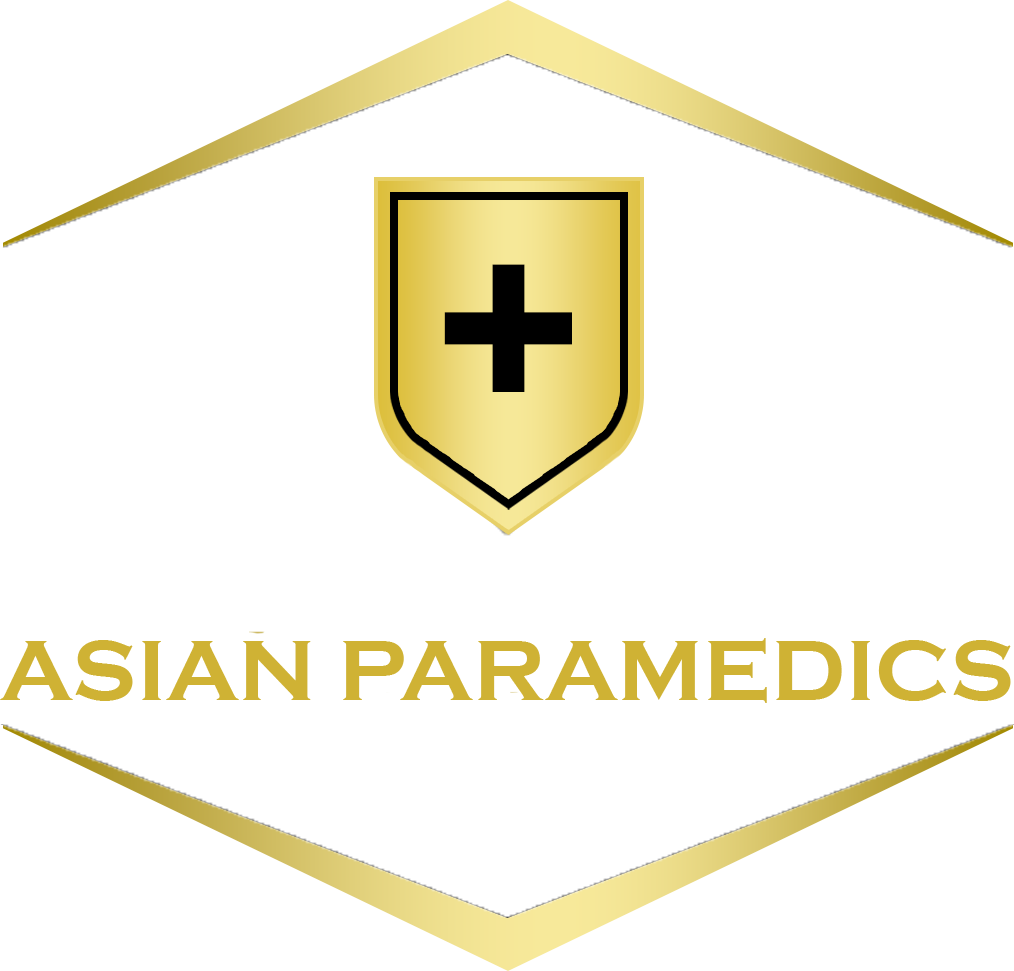Hemoglobin is a metalo-protein that carries oxygen from lungs to the tissues and return Corban dioxide from tissue to the lungs.
Structure of Hemoglobin:
○ Hemoglobin is a tetrameric structure each monomer is composed of heme and globin.
○ By weight it is composed of Globin=97% and Heme=3%
○ A single tetrameric hemoglobin molecules contain 4 iron molecules and thus can carry 4 oxygen molecules.
○ Normal healthy individual synthesis 8 gram per day.
○ A single red blood cell contains 270 × 106 Hb molecules.
○ Molecular weight: 64,500 Da.
○ Normal range: M=14-16, F=12-14, neonate = 18-22 g/dl.
○ Tetrameric hemoglobin structure composed of 2 α, 2 β polypeptide chain and 4 heme molecules.
○ Heme is integral part of hemoglobin composed of iron and protoporphyrin ring.
○ After 6 months of age human RBC contain 3 types of adult hemoglobin:.
Hemoglobin A1 (HbA1)
Hemoglobin A2 (HbA2)
Hemoglobin F (Hb F)
Adult hemoglobin composed of:
1. Hemoglobin A1 (96%) = 2 α and 2 β globin chains
2. Hemoglobin A2 (2.5%) = 2 α and 2 δ globin chains
3. Hemoglobin F (1.5%) = 2 α and 2 ϒ globin chains
○ The polypeptide chain in the hemoglobin molecule differs from one another in amino acid sequence and numbers.
○ The α chain contain 141 amino acids and the non α chains 146.
○ The δ chain differs from β chain in only 10 of the 146 amino acid residues, whereas the γ chain and β chain differ by only 39 amino acids.
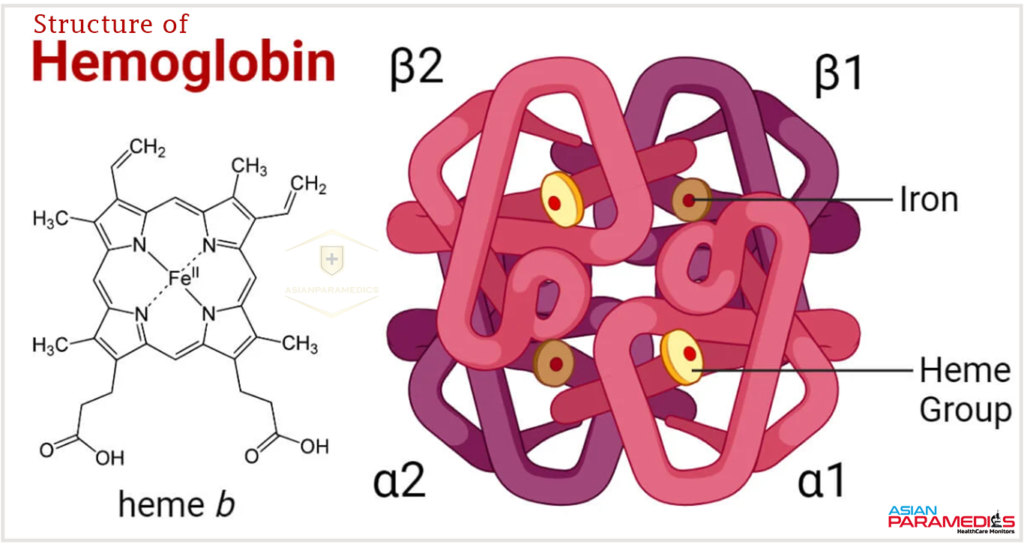
SYNTHESIS OF HEMOGLOBIN
○ Synthesis of hemoglobin is divided into two phases:
1. Globin chain synthesis
2. Heme synthesis
○ Globin chains are protein in nature and synthesize by genes
○ Heme is composed of iron which is get from out source in the form diet and protoporphyrin ring which is synthesized in mitochondria and cytosol of erythroid cells
○ All thing is in balance 4:2:2 (4 heme, 2 α, 2 β globin chains)
Globin Synthesis
○ All globin chains are protein in nature and thus synthesized by different genes
○ Globin gene name is assigned as name of chain i-e α gene for α chain, β gene for β chain, ϒ gene for ϒ chain and δ gene for δ chain synthesis
○ For α chain synthesis there is four α genes are required, 2 α gene inherits from mother and 2 α gene from father 9
○ For non α chain synthesis only two non α genes (β,ϒ, δ) are required, one non α gene inherits from mother and one from father
○ α gene cluster (about 30 kb) is located on short arm of chromosome number 16 and β gene cluster located (about 50 kb) on chromosome number 11
○ Globin chain synthesis is divided into two steps
A. Transcription: Formation single strand mRNA from a double strand DNA
B. Translation: Translation and synthesis of protein from mRNA genetic codes
○ A double strand DNA is highly compact and supercoiled in a nucleus
○ Doubles strand DNA is uncoiled and unzip during transcription
○ Genetic code is copied from single strand DNA in the form of a single strand mRNA precursor
A. Transcription
○ Precursor mRNA contains both coding (exon) and non coding (intron) areas
○ Precursor mRNA is migrated from nucleolus into cytoplasm through neuclopores
○ Non coding area of precursor mRNA has been removed by the process of splicing and thus precursor of mRNA converted into mature mRNA
○ To stabilize mRNA in cytoplasm it is process and modified by methylation and addition of poly tail AAA (mRNA modification)
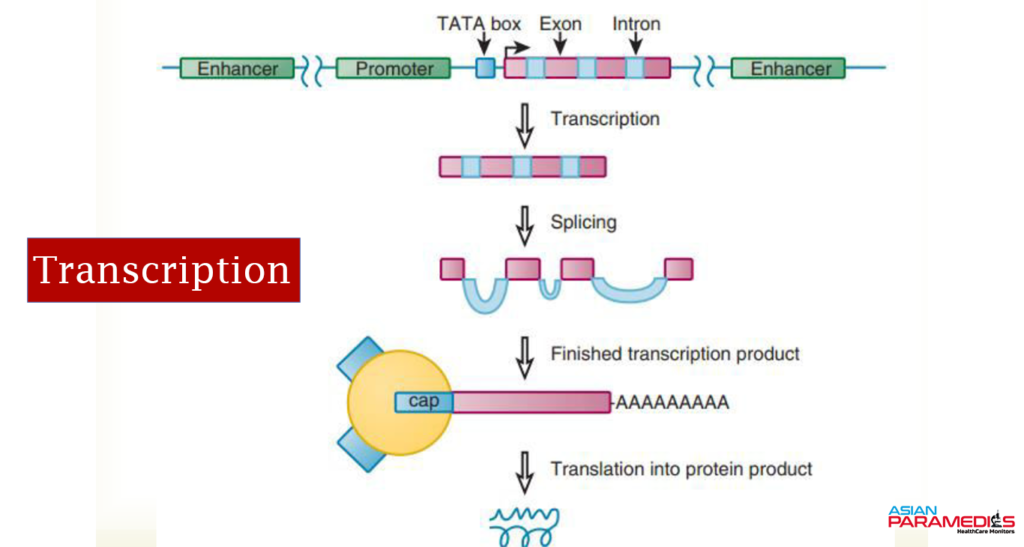
B. Translation:
Translation and synthesis of protein from mRNA genetic codes Translation and synthesis of protein from mRNA genetic codes
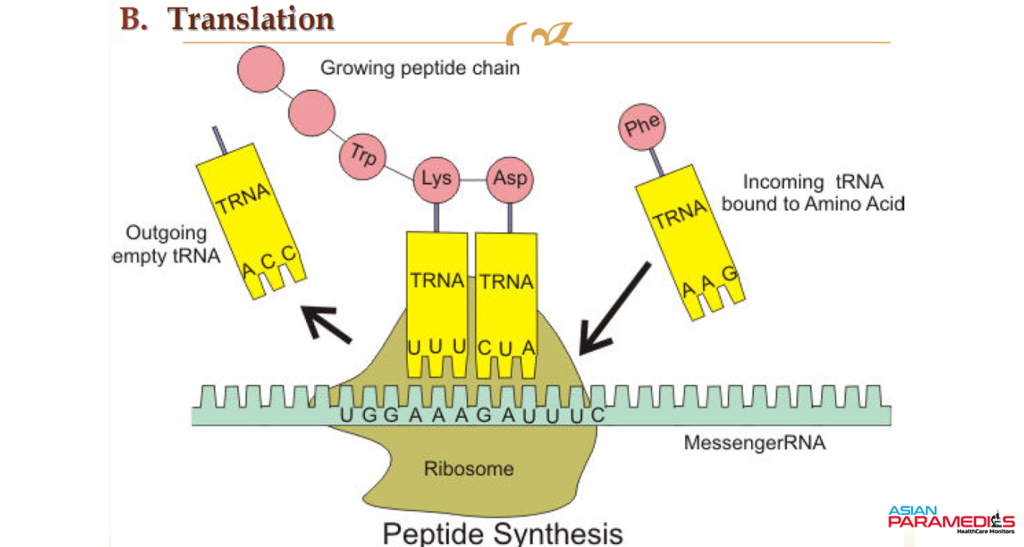
Heme Synthesis
○ Heme is essential not only for the synthesis of hemoglobin; it is also an integral part of other heme containing compounds like myoglobin, catalase, cytochrome and microsomal P-450 system.
○ It is synthesized from two basic units called glycine and succinate through various enzymatic and nonenzymatic steps.
○ Glycine is an amino acid which is obtained from body’s amino acid pool
○ Before glycine can complex with succinate, it must be converted into Schiff’s base which is formed when glycine combines with pyridoxal phosphate
○ Phosphate radical is added to pyridoxine (vitamin B6) under the influence of an enzyme called pyridoxal phosphokinase
○ There are several well defined steps that are involved in the synthesis of heme
○ Some of them take place in the mitochondria while others are extra-mitochondrial; i.e. they are completed in the cell cytoplasm
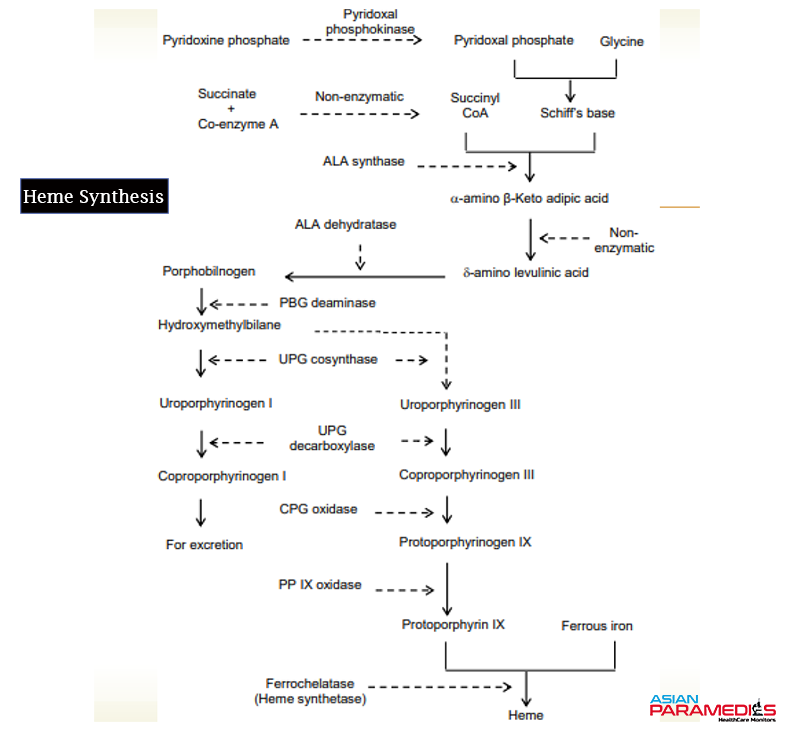
Function of Hemoglobin
1. Carries oxygen from lungs to tissue and returns Corban dioxide from tissue to lungs
2. Buffering action
3. Interaction with ligands such as carbon monoxide, nitrogen oxide, sulfur mono oxide etc
4. Production of physiological active catabolites
Fiber Mini Otoscope – Ear Scope with Light – Ear infection Detector – with 3x Magnify Lens
Original price was: ₨ 3,000.₨ 2,250Current price is: ₨ 2,250.
otoscope price in pakistan in 2025
Original price was: ₨ 5,000.₨ 3,000Current price is: ₨ 3,000.

